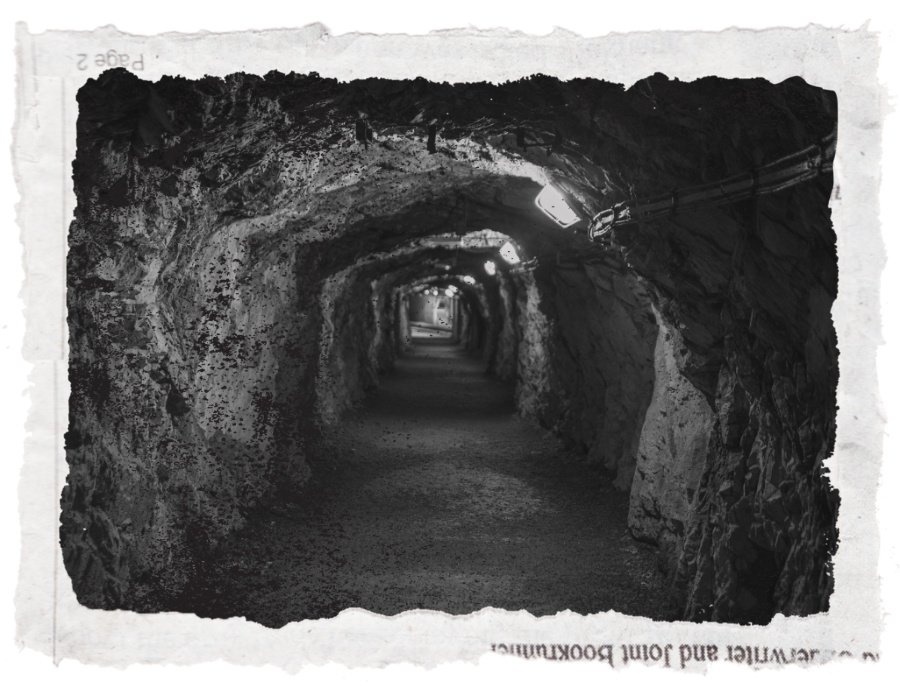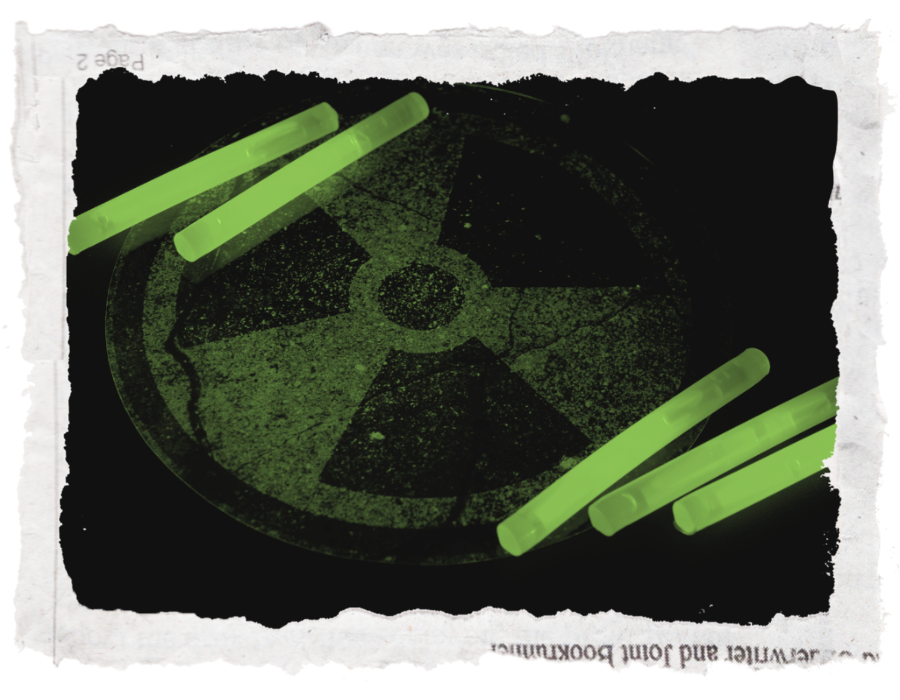4 Workplace Tragedies that Helped Shape The Health and Safety Movement
Workplace safety regulations have come a long way, but much of this progress was driven by tragic events that highlighted the urgent need for change. Four pivotal workplace disasters — the Senghenydd Colliery Disaster, the Triangle Shirtwaist Factory Fire, the Bhopal Gas Tragedy, and the Radium Girls case — each left a lasting impact on how we approach health and safety in the workplace.
1. Senghenydd colliery disaster
Synopsis of events
- Worst mining accident in UK
- 440 people died
- Explosion involving high explosive gas – methane and hydrogen
- 60 victims were younger than 20

Also known as the Senghenydd explosion, was the worst mining accident in the United Kingdom, claiming 439 miners and a rescuer. The accident happened at the Universal Colliery, on the South Wales Coalfield, where miners were extracting steam coal, a material very much in demand in 1913. These coal mines contained high quantities of firedamp, a highly explosive gas made up of methane and hydrogen.
There were multiple underground explosions and high levels of airborne coal dust exacerbated the explosion, carrying it further into the mines. There was never a definitive answer as to what started the explosions, but they believe it was a spark from signaling equipment, coupled with a lack of ventilation.
60 of the victims were younger than 20, 8 were 14 years old.
How the Senghenydd colliery disaster changed Health and Safety
The Senghenydd Colliery Disaster resulted in significant changes to the mining industry in the United Kingdom. New safety regulations were introduced, including:
- improved ventilation systems
- The installation of methane detectors
- The mandatory use of safety lamps
These changes helped to prevent similar disasters in the future and to improve the working conditions for miners.
2. Triangle Shirtwaist Factory Fire
Synopsis of events
- Deadliest industrial disaster in history of New York
- One of the deadliest in US history
- Claimed 146 lives
- Cramped and crowded conditions, lack of alarms and locked fire exits contributed to the large number of deaths

This deadly fire which broke out on 25 March 1911, was the deadliest industrial disaster in the history of New York City and one of the deadliest in US history, claiming 146 lives – 123 women and girls and 23 men.
Because the stairwells and exits were locked, a common practice at the time to prevent workers from taking unauthorised breaks and reduce the risk of theft, many workers could not escape from the 8th, 9th and 10th floors of the Asch Building. There were no sprinklers, some floors didn’t have an audible alarm and the floors were overcrowded and poorly laid out, preventing workers from being able to exit the building.
How the Triangle Shirtwaist Factory Fire disaster changed Health and Safety
The New York State Legislature created the Factory Investigating Commision, to look at factory conditions in other cities and report remedial measures of legislation to prevent hazard or loss of life among workers through:
- Fire
- Unsanitary conditions
- Occupational diseases.
As a result of the fire, the American Society of Safety Professionals was founded in New York City on October 14, 1911, which is now a global organisation Occupational Safety and Health professional members who manage, supervise, research and consult on work-related OSH concerns across all industries.
3. The Bhopal disaster
Synopsis of events
- The world’s worst industrial disaster
- Gas leak – Methyl Isocyanate – A highly toxic gas
- Immediate deaths – 2,259
- 558,125 injuries
- Left 3,900 people severely and permanently disabled

Also known as the Bhopal gas tragedy was a chemical accident that occurred on the night of 2-3 December 1984 at the Union Carbide India Limited pesticide plant in India, which is considered the world’s worst industrial disaster. Over 500,000 people in the small towns around the plant were exposed to Methyl Isocyanate, a highly toxic gas. The estimated immediate deaths were 2,259, but the incident caused 558,125 injuries and left 3,900 people with severely and permanently disabling injuries.
An initial investigation showed that a large volume of water had been introduced into the MIC tank. This caused a chemical reaction that forced the pressure release valve to open and allowed the gas to leak. They concluded that only an employee with the appropriate skills and knowledge of the site could have tampered with the tank. it wasn’t until 2010 that seven former employees of the facility, including the former chairman, were convicted of causing death by negligence and sentenced to two years imprisonment.
How the Bhopal disaster changed Health and Safety
In the United States, the tragedy led to the passage of the Emergency Planning and Community Right-to-Know Act (EPCRA) of 1986. This act was created to increase the public’s knowledge and access to information on hazardous and toxic chemicals, requiring industries to report on the storage, use, and release to the environment of their hazardous substances. With this information, local governments can prepare emergency plans to protect their community from possible risks.
4. The Radium Girls
Synopsis of events
- Wristwatches for men during the war were made with glow in the dark paint.
- This paint contained zinc sulfide and radium
- Dialpainters experiences teeth ache, jaw necrosis – collapsed jaw, brittle bones and another symptoms
- More than 50 women has died by 1927 with others dying of cancer due to delayed effects

Pocket watches were not practical to use in combat during World War I, so they lost favour during the war and men started to wear wristwatches. Wristwatches were so important that the British War Office ended up distributing them to soldiers. Being able reach watches in the dark trenches was essential, so they made luminous dials and hands from a special glow in the dark paint made of Zinc Sulfide and Radium.
This is a radioactive material and therefore produces radiation, which causes the disintegration of atoms.
The women workers would use camelhair brushes to apply the paint to the dials and would re-point the brush by placing it between their lips. Every time this was done, a small amount of radium was ingested.
The dialpainters had been told repeatedly by their bosses that radium was good for their health. They would leave work dusted in radium down too their corsets and some even used it to paint their nails and teeth!
From 1921 numerous dialpainters complained of ill health symptoms including
- Teeth aching and eventually falling out
- Jaw necrosis – collapsed jaw
- Brittle bones
- Collapsed spine
by 1927, more than 50 women had died as a direct result of radium paint poisoning, with many others dying of cancer later due to the effects of radiation poisoning.
How the Radium Girls incident changed Health and Safety
The media attention paid to the 1928 case, and the cases of dialpainters in Ottawa and Waterbury in the 1930s, led to public awareness of the dangers of radium. Legislation was introduced to crack down on commercial radium products and to recognise radium poisoning as a compensable occupational disease.
The Radium Girls case led to safer working practices for workers in the radium industry. Lip pointing was banned, and protective equipment was introduced for all workers. While radium was used in luminous dials into the 1960s, these quick and easy changes meant that there were no further cases of radium poisoning among dialpainters.
Modern luminescent watches are no longer produced using radium as there are now less hazardous materials at our disposal.
In conclusion
The journey of workplace health and safety has thankfully seen significant progress. In the past, the world experienced numerous unimaginable workplace accidents and diseases. A common trend in these tragedies was the blatant disregard for workers’ safety and health. Unlike 200 years ago, there was minimal to no protection for workers, leading to thousands of casualties.
Thankfully, today, there is a strong recognition of the importance of workplace health and safety. This has led to ongoing evaluation of safety and health issues, improvement of accident prevention measures, and stricter enforcement of safety and health protocols.
It is also crucial to acknowledge that there are still improvements to be made. We must strive every day to take steps towards a safer future for all workers.
Sources






